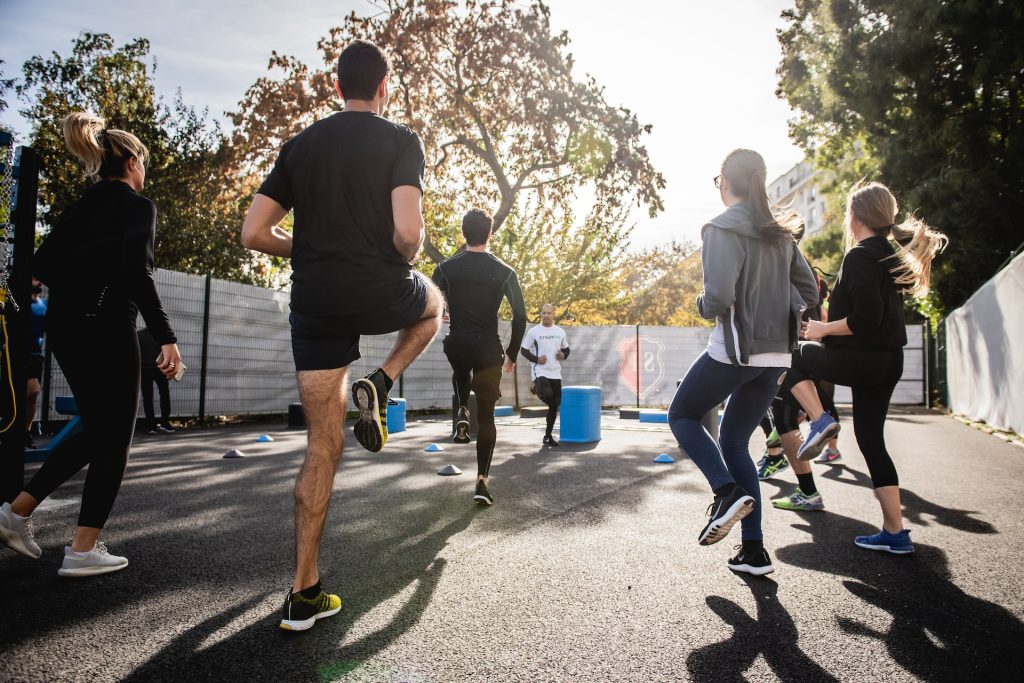Chapter 1: Introduction
Chapter 1: What is Biomechanics?: Introduction
Adapted by: Rob Pryce, Alix Blacklin

Biomechanics is an essential part of kinesiology, or the study of human movement. Biomechanics is defined as the application of principles of mechanics to the study of living systems, where mechanics is the branch of science concerned with the interaction between forces and objects. So, in the field of biomechanics we take general principles of mechanics (or physics) and apply them to living systems.
Just like physics, the field of biomechanics is very broad – it encompasses not just human motion, but all living systems. For example, the same biomechanical principles covered in this text are also used to study animal movement. Even the interactions of plants, trees and environment are examined using biomechanics. However, the focus of this book is on human biomechanics, even though the same knowledge and principles can be applied to many other areas.
To understand how the human body interacts with the physical world we often combine the knowledge of biomechanics with other core areas of kinesiology, such as exercise physiology, anatomy, psychology of physical activity, and motor control. Biomechanics helps us understand things like:
- How force affects the human body. For example, to stimulate the physiology of bone healing (or injury).
- How to accurately describe human movement. In order to describe optimum movement patterns in sport, or faulty ones in injury
- How forces produced by muscles lead to movement. This is an important part of understanding gait and other forms of human locomotion.
These are just a few of the applications of biomechanics this text will help us understand. Although these and many other aspects of biomechanics can be described with words, or qualitatively, most of biomechanics deals with numbers and measurement. The rest of this chapter will teach us how we approach numbers and measurement in biomechanics, which will lay the foundation for the rest of the text.

